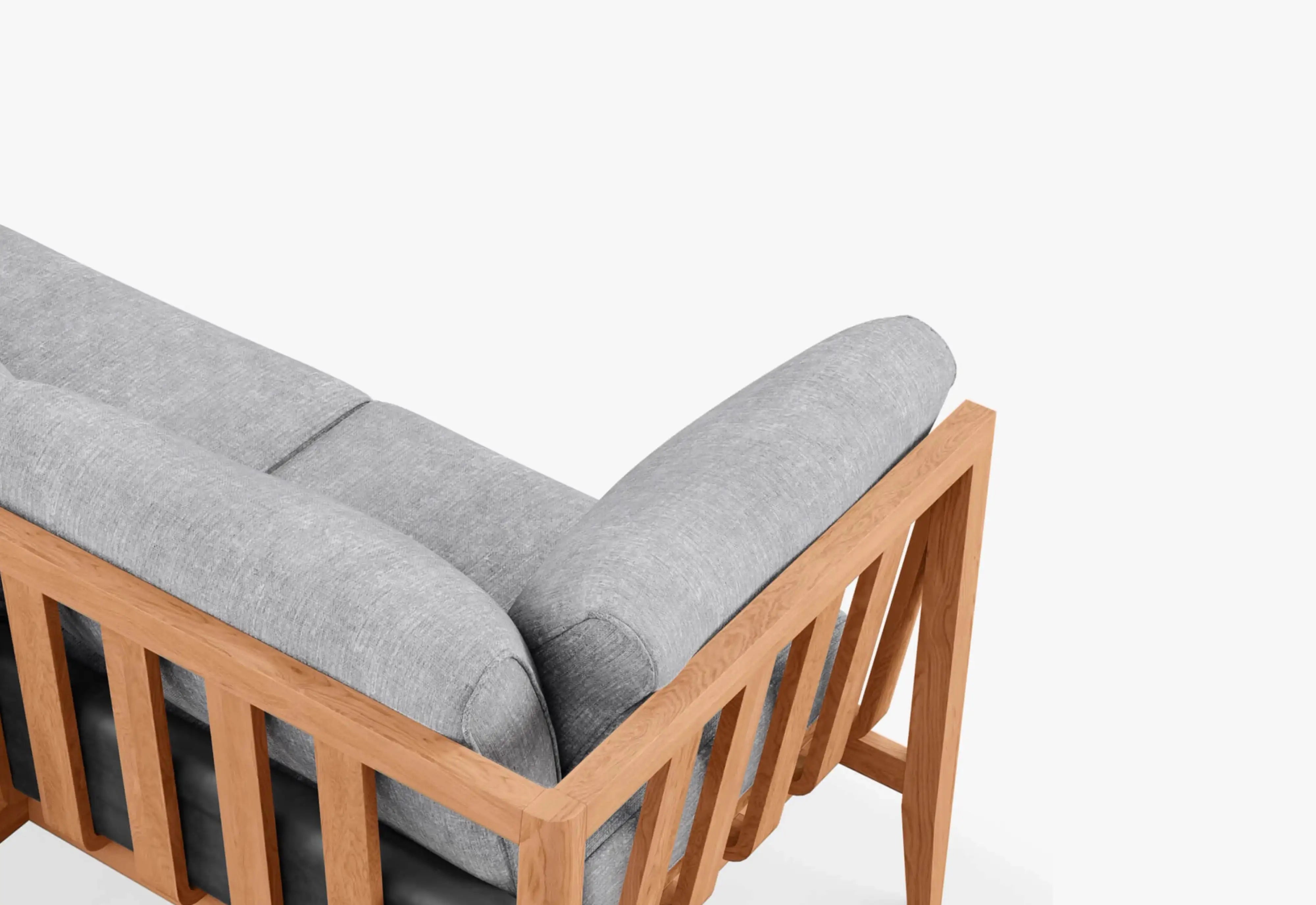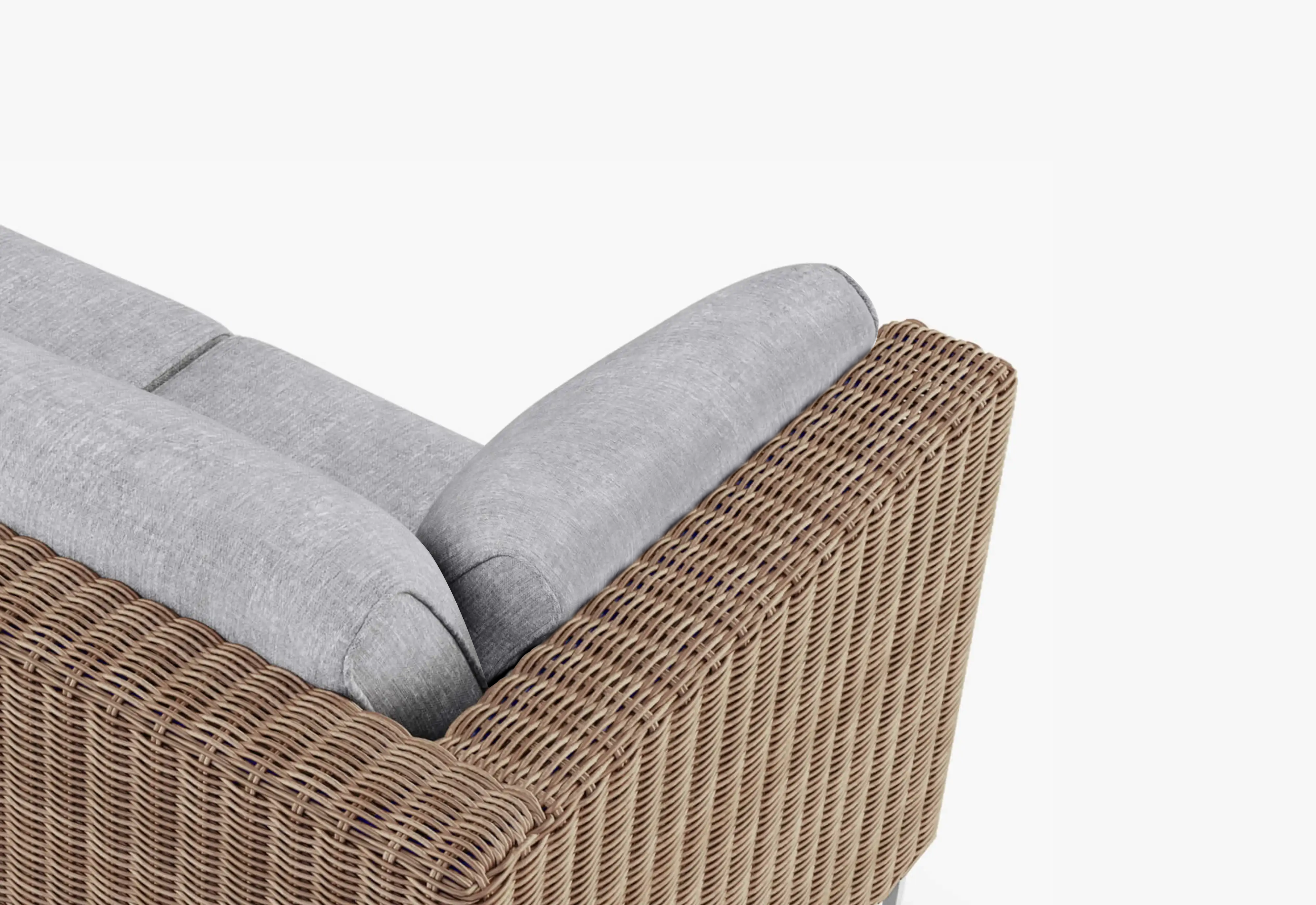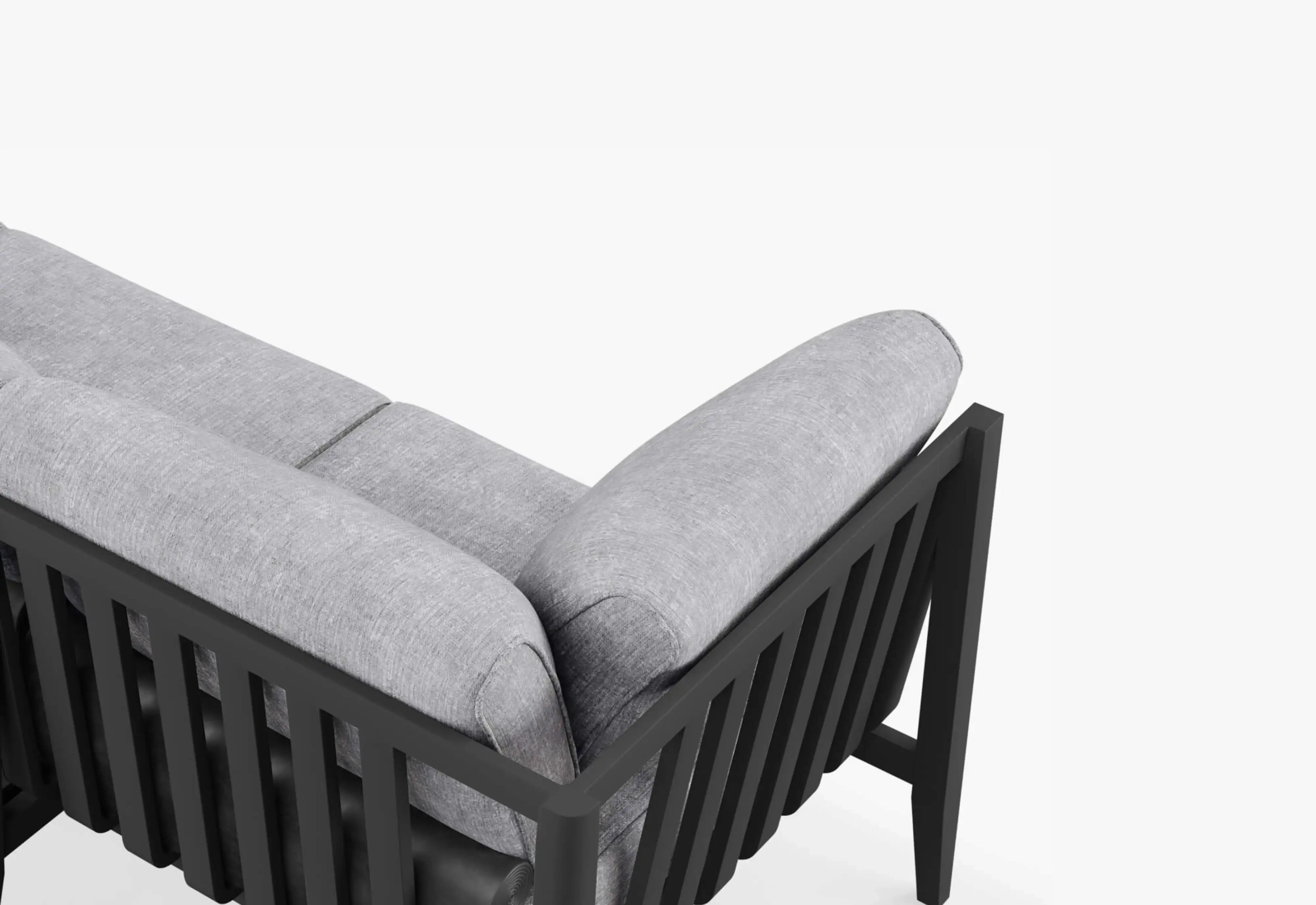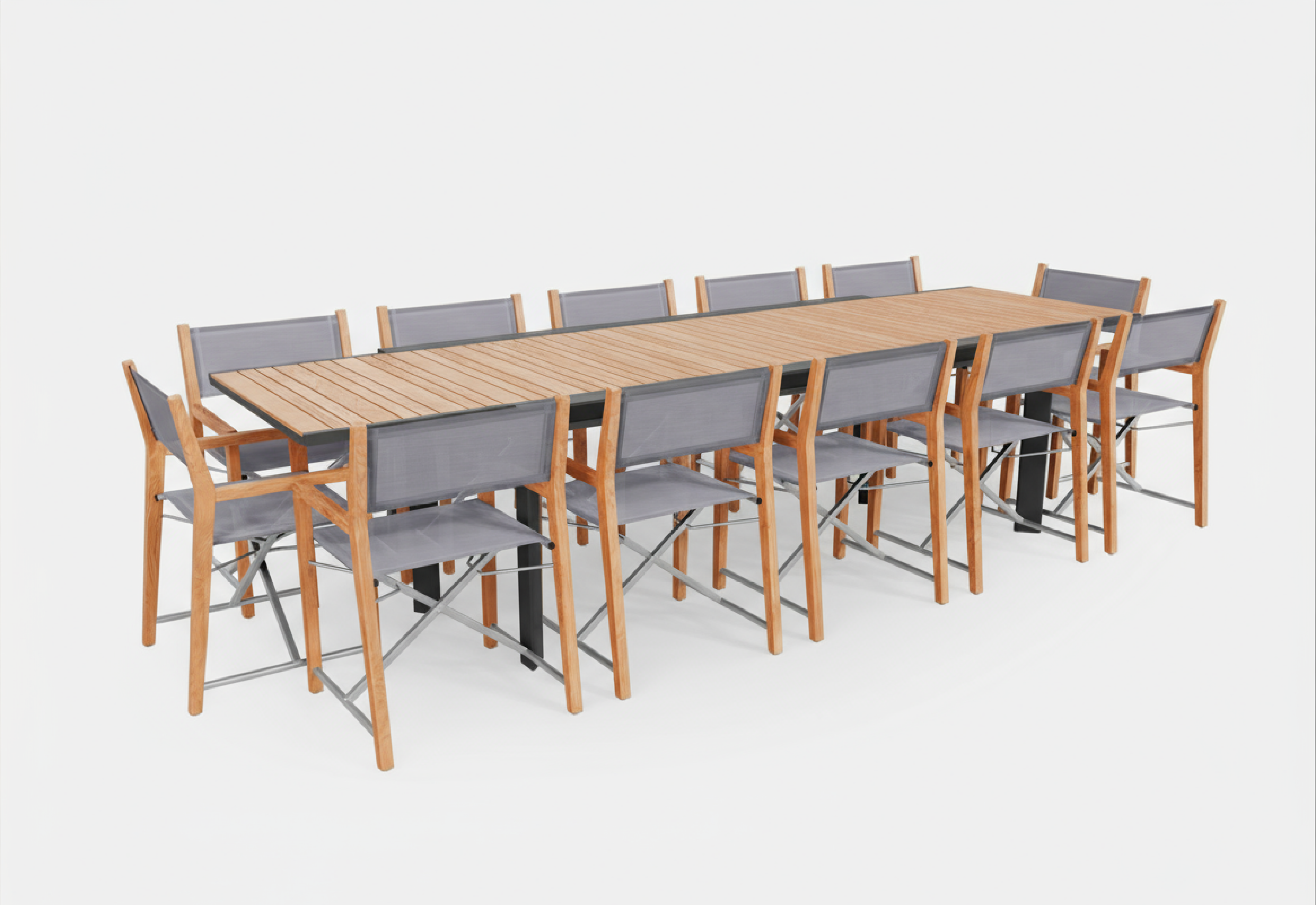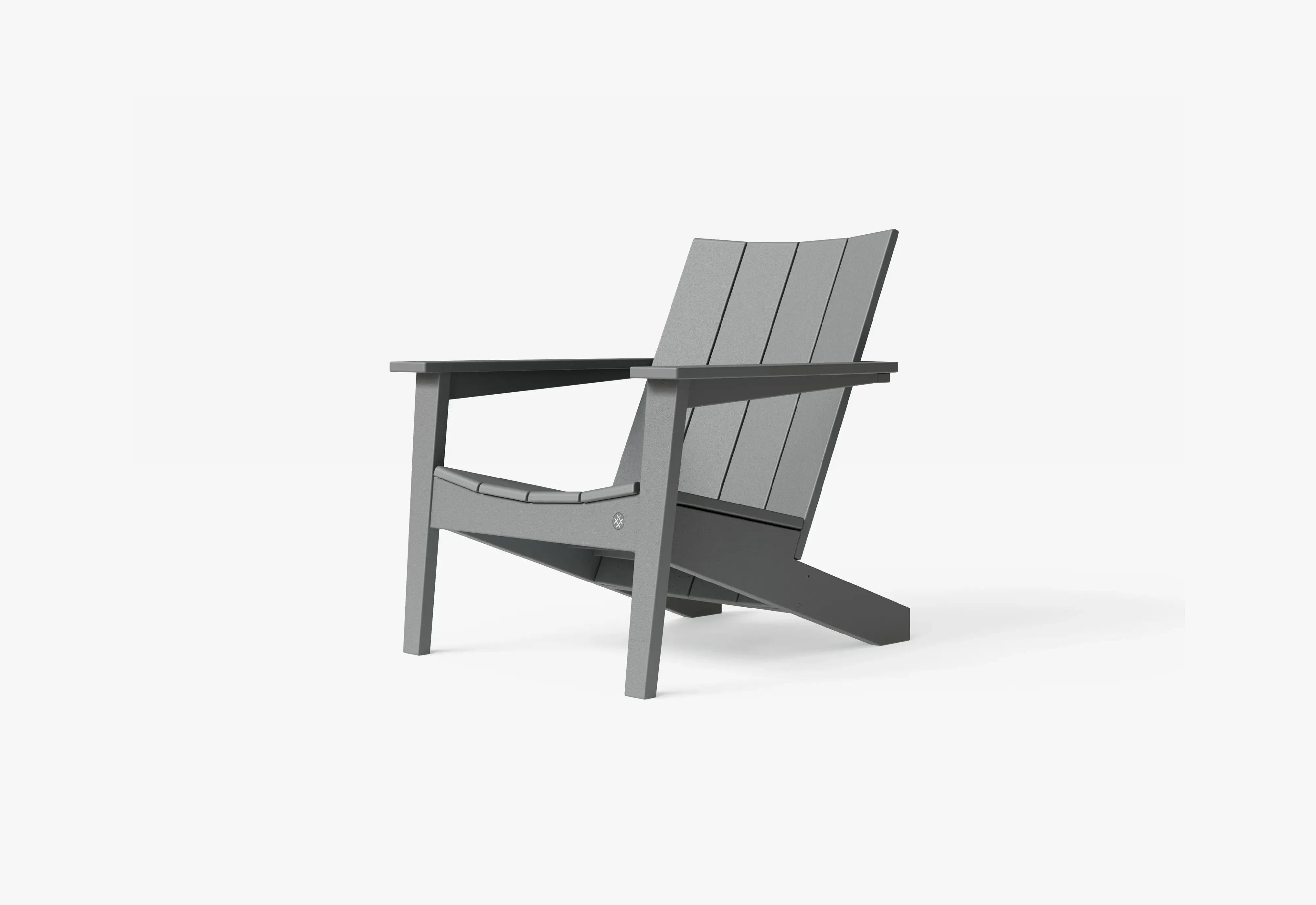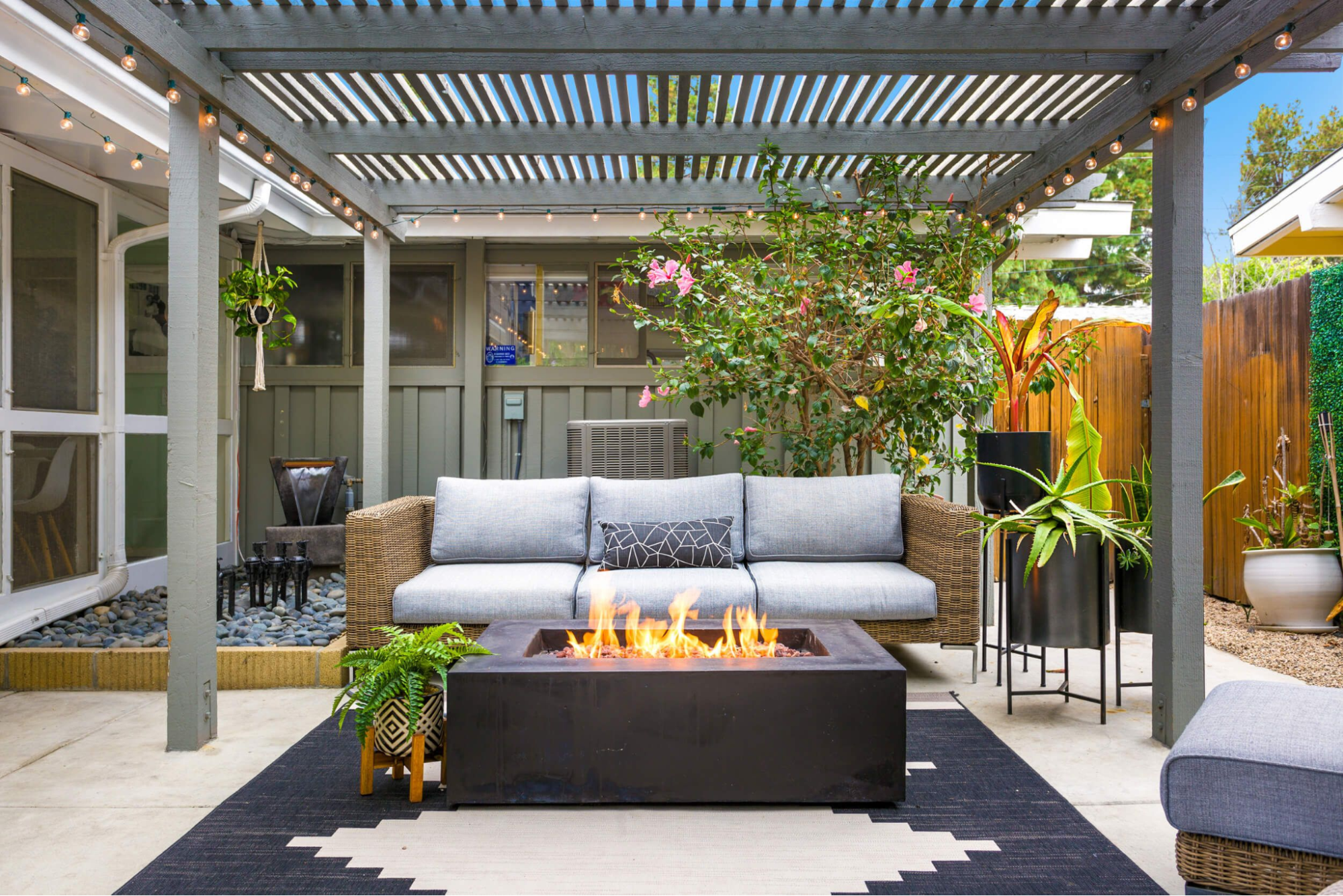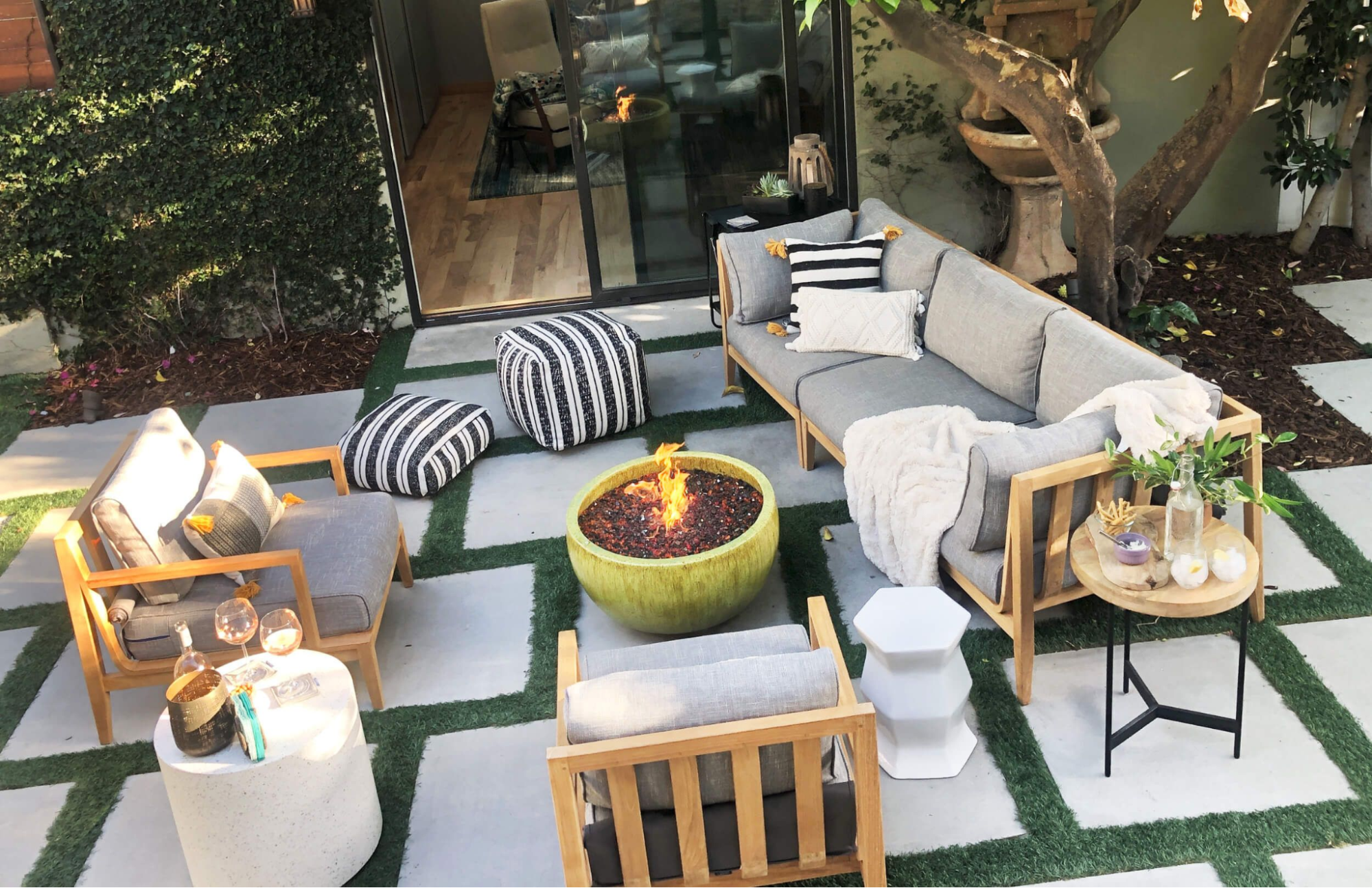10 DIY Backyard Fire Pit Ideas To Spruce Up Your Outdoor Space

You’ve decided your outdoor space needs some sprucing up — what better way to add style and warmth than with a backyard fire pit!
From timeless pavers to modern fire pit tables, there are plenty of options out there for do-it-yourself fire pits, which can make choosing just one difficult. But don’t stress! We’ve compiled a list of our favorites to make your project a little easier.
Learn what a backyard fire pit can bring to your outdoor space (hint: it’s about more than just good looks!) and choose the perfect DIY option for your family by following our guide below.
The Benefits Of A Backyard Fire Pit

They Increase Your Home’s Value
When done right, backyard fire pits can really increase your home’s resale value. Not only do they look great, but they also add functionality to your outdoor space and can instantly make your home look professionally landscaped.
For even more DIY tips on adding value to your home through landscaping, check out our dedicated blog post here!
They Help Create Zones In Your Backyard
Outdoor spaces, particularly large ones, look sophisticated and perfectly styled when they’re split into different zones.
Separating your outdoor dining area from your outdoor seating area, for example, is easy to achieve with the help of some simple tricks, including adding a backyard fire pit.
By adding a tasteful rug, timeless modular outdoor furniture — like our Teak Outdoor Sofa with Armless Chairs or our Wicker Outdoor U Sectional — and your new fire pit, your outdoor seating zone will become a place you can’t wait to spend long summer afternoons.
They Look Great
If you’re looking for a stylish, timeless addition to spruce up your outdoor space, a fire pit is just the ticket.
By adding a fire pit to your backyard, you create a warm, inviting ambiance that your guests will love and your neighbors will want to replicate!
Fire pits never go out of style (cavemen loved them, after all!), so you won’t find yourself wanting to remove it a few years down the road. This is one backyard addition that truly stands the test of time.
They Encourage Time Outdoors
Backyard fire pits are about so much more than just looking great — they encourage you and your family to switch “off” from technology and enjoy spending time together outdoors.
Whether it’s chatting after a day of work or school, hanging out with some card games during the summer, or indulging in a little backyard camping, fire pits provide the perfect backdrop for quality time together, right in your own backyard!
They Offer Cooking Benefits, Too!

The biggest advantage of adding a fire pit to your backyard? The cooking, of course. Think of all the things you can make over a fire pit — pizza nights, summer cookouts, and s’mores galore. We can hardly wait!
To take your cooking options to the next level, add an Outer Fire Pit Table to your backyard design. With a built-in griddle, you no longer have to spend time away from your family and guests to man the grill. Instead, everyone can comfortably gather around the table to socialize, cook, and eat.
10 DIY Backyard Fire Pit Ideas
1) Classic Paver Fire Pit

To start our list of DIY backyard fire pits, we can’t skip the classic look of pavers.
This common fire pit style is easy to assemble and incredibly hard-wearing. If you’re on the hunt for a fire pit that will remain a permanent fixture in your outdoor space for years to come, this might be the one for you.
It’s also simple to add cooking grills and other equipment on top to make outdoor cooking a breeze. We’re ready to fire up some hotdogs just looking at this one!
2) Modern Fire Table

Fire tables are the ultimate backyard fire pit option for those who love to entertain. Modern and stylish, they offer functionality and warmth wrapped up into one neat package.
A fire table is essentially a table with a strip of fire across the top, usually hidden within decorative pebbles or glass beads.
This eliminates the need for a coffee table since you can use the edge of the fire table to hold your drinks and snacks — genius!
For this project, you’ll need to do some cutting, sawing, assembling, and possibly sanding. While it might be a little more time-consuming to put together in comparison to a classic fire pit, the time and effort it takes to create your fire table will be well worth it.
Pair this classy fire pit option with a timeless rug, like one of our 1188 Rugs, to define your seating zone and you’re all set for the cozy nights ahead.
3) In-Ground Fire Pit

If you’re looking for a discreet fire pit option that won’t take up too much space in your backyard, an in-ground fire pit is the way to go.
This fire pit option is often considered safer than a traditional above-ground fire pit because it’s smaller and can contain flames better. However, there is a risk of children or pets stepping into the fire, so be careful of that.
In-ground fire pits are also super sleek and add an interesting focal point in your backyard seating area.
They come in a variety of shapes, sizes, and styles, so you’re bound to find the perfect in-ground one to suit your needs, or you can create your own with pavers, concrete blocks, or patio stones.
4) Metal Drum Fire Pit

We’re big fans of recycling and sustainability here at Outer, so it’s no surprise that we love the idea of taking a metal drum and making it into an eye-catching backyard fire pit.
Out of all the DIY fire pits, this might just be the easiest to build and can be set up in minutes. We’ve seen old washing machine drums turned into the most stunning fire pits with just some spray paint, and even that step is optional!
This fire pit option will allow you to get creative and build your own unique centerpiece for your backyard, so it’s perfect for those handymen and women looking for a quick DIY project.
5) Concrete Fire Pit
Creating a solid concrete fire pit that will stand the test of time isn’t as difficult as it might seem.
Just like a brick or paver fire pit, the concrete option offers a classic look with optimum functionality, and it’s likely the first thought that comes to mind when you picture a backyard fire pit.
By creating a temporary wooden frame and pouring your concrete in, you can have a simple fire pit ready to go within just 24 hours! Add a metal bowl with some decorative pebbles and you’re ready to enjoy your durable fire pit for years to come.
6) Tabletop Fire Pit

Looking for a not-so-permanent backyard fire pit that still looks stylish and provides warmth? This mini tabletop fire pit is the DIY project for you!
Made from simple, easy-to-find materials including a metal planter, glass frames, and run-of-the-mill pebbles, tabletop fire pits are surprisingly easy to assemble.
The main advantage of a tabletop fire pit option is that it’s easily transportable from one area of your backyard to another. Use it as a centerpiece for your coffee table one day and a functional fire for roasting marshmallows the next!
7) Unique Teardrop Fire Pit
If you’re searching for a backyard fire pit design that’s a little more unique and decorative, why not create your own teardrop-shaped fire pit?
This option is essentially a round, above-ground fire pit with a back on one side, usually made from stacked bricks. It’s perfect for protection against wind and makes a great choice if you want to have your fire pit close to an exterior wall.
The ultimate drawcard with this style of fire pit is that it’s functional with a twist — it’s not your typical backyard fire pit, but it’s as simple to assemble as your classic brick or stone option.
8) Simple Cinder Block Fire Pit

Those cinder blocks you have lying around make the perfect base for your new backyard fire pit! And even if you don’t have any on hand, they’re easy to find at your local hardware store.
Cinder block fire pits are another easy-to-assemble option for those just getting their feet wet in the world of DIY projects. With some simple cinder blocks (or other large bricks of your choice), you can stack and create your own fire pit in no time at all — no concrete required.
This is also a great option if you find yourself in need of a fire pit in a hurry, like in the event of a s’mores emergency or a major craving for homemade pizza!
9) Portable Backyard Fire Pit
Some backyard fire pits are designed with portability in mind so you can move your outdoor fun with family and friends wherever the wind blows.
Portable fire pits come in all manner of sizes, shapes, and styles — from a simple metal ring that helps contain the wood and ash to more complicated units with multiple shelves for cooking and propane for fuel.
When considering a DIY or ready-made backyard fire pit — especially the portable kind — always take into account the fuel.
Will there be fuel available where you’re taking the pit? Will you need to bring the fuel with you? How easy is the fuel to move, and how much space will it take up?
Finding the right balance for you and your family will make the portable-backyard-fire-pit experience the best it can be.
10) Hibachi Grill

Another type of backyard fire pit that is becoming more popular these days is the hibachi grill.
The word “hibachi” is Japanese for “fire bowl,” and most are just that: a small bowl to hold the fuel and flame with a removable grate on top for cooking.
Because of their small size, quick cook time, and reduced propensity to give off smoke, hibachi grills are perfect for small gatherings where the host wants to spend more time socializing than cooking.
Tips For The Perfect Backyard Fire Pit Setup

1) Think About What You Want First
One of the first things to think about before installing a ready-made or DIY backyard fire pit is what you want to do with it.
Of course, you want it to hold a fire, but do you want to cook over the flame? Are you planning on hosting large parties? Will it be just your family most of the time?
When you answer those questions, you’ll be better able to choose the setup that’s best for you.
For example, if you’re planning on hosting parties, you can focus your attention on building or buying one of the larger backyard fire pits on the market. If, on the other hand, it will be just your family, you might be best served by a smaller footprint.
2) Check Local Laws
Before you get too far into the planning or building process, it’s always best to check local laws and regulations regarding an open flame on your property.
Some areas restrict the size of fire pits to specific measurements (e.g., three feet long by three feet wide by two feet high), while other areas prohibit the use of any kind of open flame altogether.
While you’re at it, it’s also a good idea to check and see if you’ll need a permit for your fire pit. Obtaining a fire pit permit is similar to registering for a building permit in order to add on to your house. Some laws may even require a site inspection to ensure that your location is safe.
In addition, local mandates may not put any restrictions on the size of the fire pit, but they may require additional safety features — such as raised walls of a particular depth — if the pit is over a certain diameter.
Similarly, if you’re installing a backyard fire pit with natural gas, you may need to obtain a permit to extend the gas line to the appropriate location.
Because laws differ from one place to the next, it’s always best to check with your local government before you buy or DIY so you don’t run into trouble later on.
3) Decide On Permanent Or Portable

As we discussed earlier, backyard fire pits fall into two distinct categories: permanent and portable.
Permanent fire pit tables — like our fire pit table and grill — are generally more robust, give off a larger flame, and accommodate more people. These models are perfect for patios and decks with plenty of space or wide-open backyards.
Portable backyard fire pits are generally smaller and lighter, give off a smaller flame, and accommodate two to four people at a time. These models are ideal for small balconies or those who like the flexibility of moving their fire pit to different places every few days.
Each type of fire pit comes with its own advantages, so be sure to think about what you want out of your backyard fire pit and weigh all the options before going any further.
4) Determine Where Your Backyard Fire Pit Will Go
Before you purchase materials for your DIY project, figure out where your fire pit will go.
This can help you see what will fit in the space and whether you need to landscape your yard differently or rearrange your deck to accommodate the new addition. It will also help you settle on the size and shape that works best for you (which we’ll discuss in the next step).
If you can’t visualize where it will go, unfold a big box or tape some paper together in a large rectangle to serve as the footprint of the fire pit. Then move it around until you’ve found the spot that feels right.
5) Choose A Shape, Size, And Style
Once you’ve figured out where your backyard fire pit will go, you can settle on the size, shape, and style that’s right for you.
If you’re tight on space, go with a small square or round unit that leaves plenty of room for seating. If you’ve got a bit more space on your patio or deck, you can pick a larger, medium-sized fire pit that takes up the same space as a coffee table.
Finally, if your big backyard is just begging for a centerpiece, the sky’s the limit on the size, shape, and style you can choose.
6) Consider Build Materials

When planning to DIY a backyard fire pit — or even when you’re going to buy a ready-made unit — it’s important to consider the build materials first.
Fire pits come in all kinds of materials — from concrete, glass-reinforced concrete, steel, and stainless steel to aluminum, copper, stone, and even wicker.
If you’re doing the work yourself and building the fire pit from scratch, you’ll definitely need to take into account the tools you possess as well as your construction skills and knowledge.
Working with metal may require welding. Working with concrete may require that you build forms first. And working with wicker requires a unique skill set all its own.
Regardless of whether you buy or DIY, some materials are sturdier and will last for many years. Other materials are more fragile and might only last a season or two.
As one example, our fire pit table is designed for both function and durability. The concrete body and stainless steel fire bowl pan will withstand anything mother nature throws at it, so you can enjoy a good fire in winter, spring, and fall and for many years to come.
7) Settle On A Fuel Type
Fire pits typically burn one of four types of fuel depending on whether cooking is involved or not:
- Wood
- Charcoal
- Propane
- Natural gas
Wood produces intense heat and large flames and is a great option for those who live in the country, where you can just walk around and pick up sticks, branches, and logs to burn.
Charcoal, on the other hand, burns slower and longer than wood and does not produce as high a flame or as intense a heat. This makes it perfect for cooking and is a great option for those living in an area without easy access to wood.
As a fuel for your fire pit, propane (or LP Gas) has a lot going for it. It burns clean with little to no ash or debris. You can control the height of the flame with the turn of a knob.
Propane is also readily available — even at most gas stations, retail locations, or hardware stores. And you can transport it easily from one place to the next.
Natural gas, like propane, burns hot and clean, is very easy to light, and can be adjusted to produce a variety of flame heights. It’s also always available, so you don’t have to worry about running out of fuel in the middle of all the fun.
8) Be Safe
Fire pits give off a lot of heat! Not just to the sides, but above as well. In fact, the bulk of the heat from a roaring fire goes straight up.
To avoid damaging your house, deck railings, and other patio furniture, situate your fire pit so that it’s not right up against a hard surface that can melt, catch fire, or dry out.
Similarly, be sure to survey the space above your fire pit for something that could be damaged by the heat and flame. Many buildings, barns, and sheds have eaves or small roofs that project off the side of the house, which are just as susceptible to heat as the walls and siding.
Likewise, large patio umbrellas and even trees are vulnerable to the heat and flame your backyard fire pit produces. Move the edge of your umbrella back at least six feet from the fire pit, and consider cutting back low-hanging limbs and branches to avoid damaging trees.
Enjoy Your Outdoor Space

No matter which DIY backyard fire pit you choose to bring new life to your outdoor space, you’ll make new treasured memories with your friends and family for many years to come — there’s truly nothing better.
And however you slice it, Outer and backyard fire pit tables are simply a match made in heaven!
Using eco-friendly materials, like our Glassfibre Reinforced Concrete cement, our fire pit tables require less energy and contribute a visually-interesting design to your backyard space.
And whether you create a tabletop fire pit to set on our Teak Outdoor Coffee Table with Concrete Inlay or pair a classic concrete fire pit with our Teak Outdoor Sofa with Armless Chairs, your backyard will be the talk of the neighborhood for all the right reasons.

